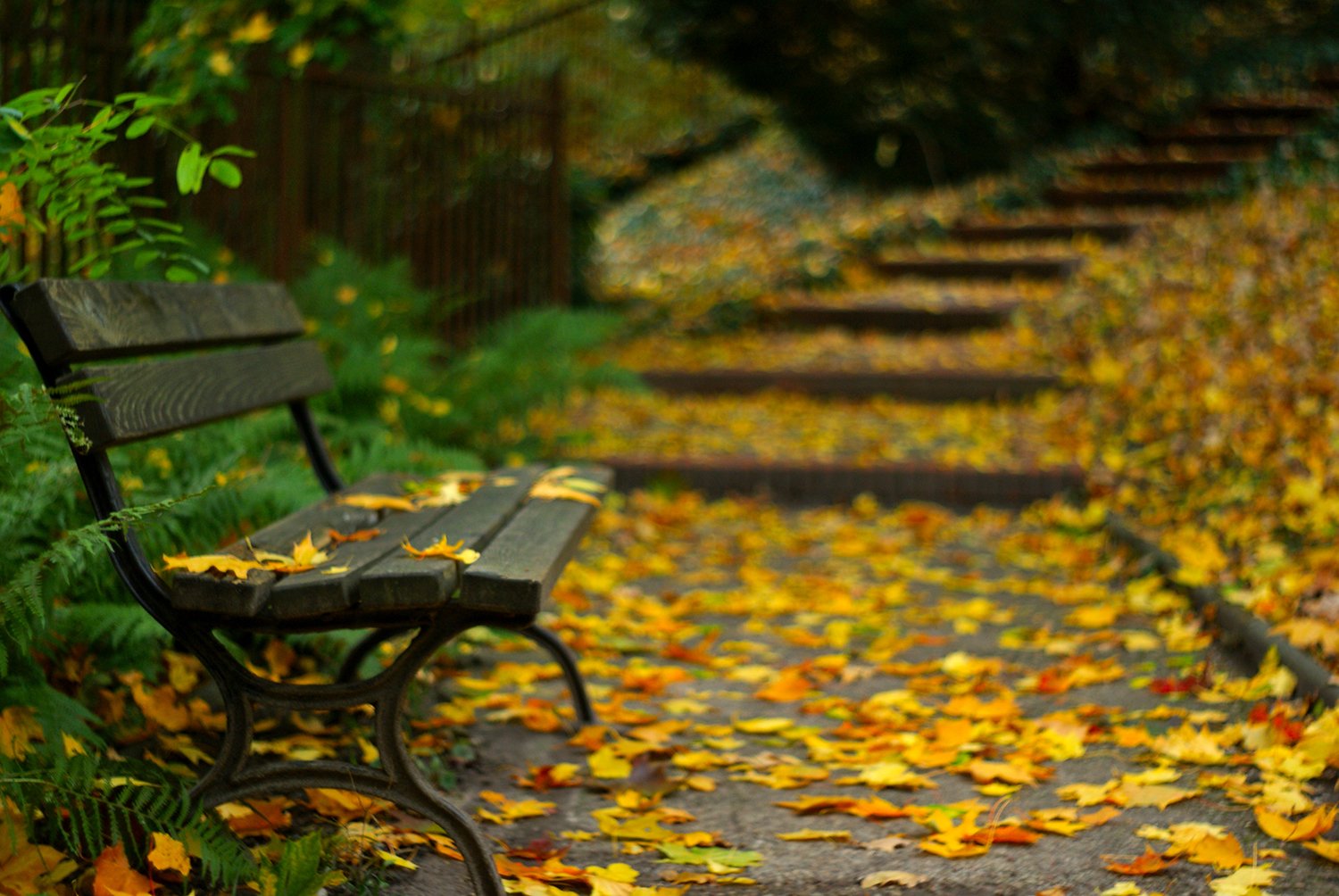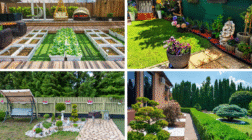Essential Tips to Get Your Garden Ready For Autumn

As the fall season gets into shape, it is time to enjoy the suddenly dropping temperatures. But how much are you working to prepare the garden? The dog days of the blistering summer are gone and the evening is starting to become cooler. If you want garden preparation tips for autumn, there are a lot of tasks you need to manage during the winter. It is a more laborious task than planting in the spring.
Here are the crucial steps to consider for maintaining the garden in the fall season:
Taking A Good Look Around The Garden
Have you taken a look around the garden in recent times? It is essential to assess the condition of your plants. Consider those plants that are thriving and those that are about to wither. Apart from this, you need to look for signs of infestation or diseases and take the right action to prevent future problems. This stage is the initiation of the best garden preparation tips for Autumn!

Get The Summer Vegetables From the Garden
Are the vegetables of warm weather still lying in the garden? You must remove them to start planting the fall vegetables. So, find out if the beans are ready or the tomatoes are still lying ripe. Pull those vegetables out and throw the plants into the compost pile. But, take care not to throw the plants that grow acidic vegetables like tomatoes as it may destroy the compost cycle.
Weeding is Necessary
Summer is the season when weeds grow around the garden. As summer wears out, you need to carry on with the wedding.
- Weeds use up the water and nutrients that need to be available to your crops.
- Weeds encourage pests in the garden and may wreak havoc.
- Weeds create clutter in the garden and expose the plants to harmful fungi and bacteria.
- Weeds damage the roots of crops, making them difficult to grow and allowing them to absorb nutrients and water.

The weeding needs to be substantial in the garden to get on with the fall plants and make sure the health of the garden is well-maintained. Are you not interested in pulling out the weeds? Choose a few weeding tools to carry out the removal task efficiently.
Deadheading
Now is the perfect moment to deadhead your summer-blooming perennials, and as you do, take a stroll through your garden to assess its overall health. If you haven’t incorporated this routine into your gardening habits over the year, this is an excellent opportunity to get outdoors and eliminate the spent flowers and dead growth, giving your garden a fresh and vibrant appearance as it prepares for the upcoming season.

Collect The Seeds
When thinking about springtime seed planting, consider a cost-saving option by harvesting your seeds. Late summer is the perfect time to gather dried fruit pods from numerous flowers and vegetables. Allow them to fully ripen and dry on the plant before collection. Properly label and store these seeds for your upcoming spring planting. Don’t forget to accurately identify and label the different varieties to ensure a successful planting season.

Gardening is great as a hobby, and if you’re a beginner, these gardening secrets can help you to get better at it! If you are planning to grow vegetables for autumn, follow this guideline to experience success. The nurseries start planting the autumn vegetables in July or August. So, get started right now.
![]()

As a lifelong DIY enthusiast, Alex Barton is never afraid to go the extra mile to save a few bucks! From seamless interior decor hacks to effective DIY home renovation tips, he shares a myriad of his experiences for you to unleash your creativity.



















